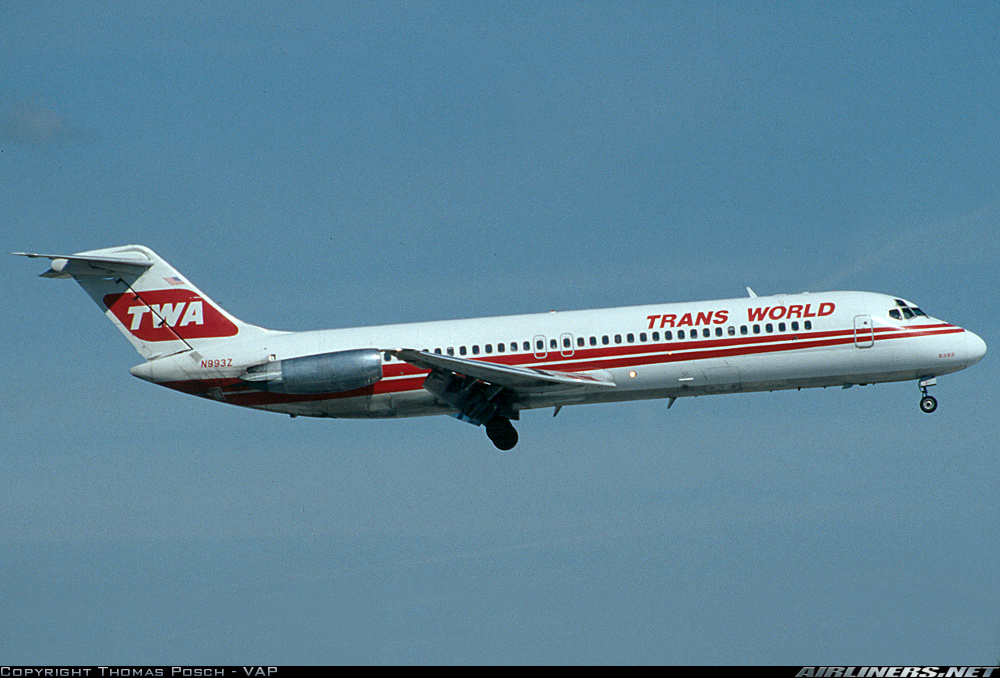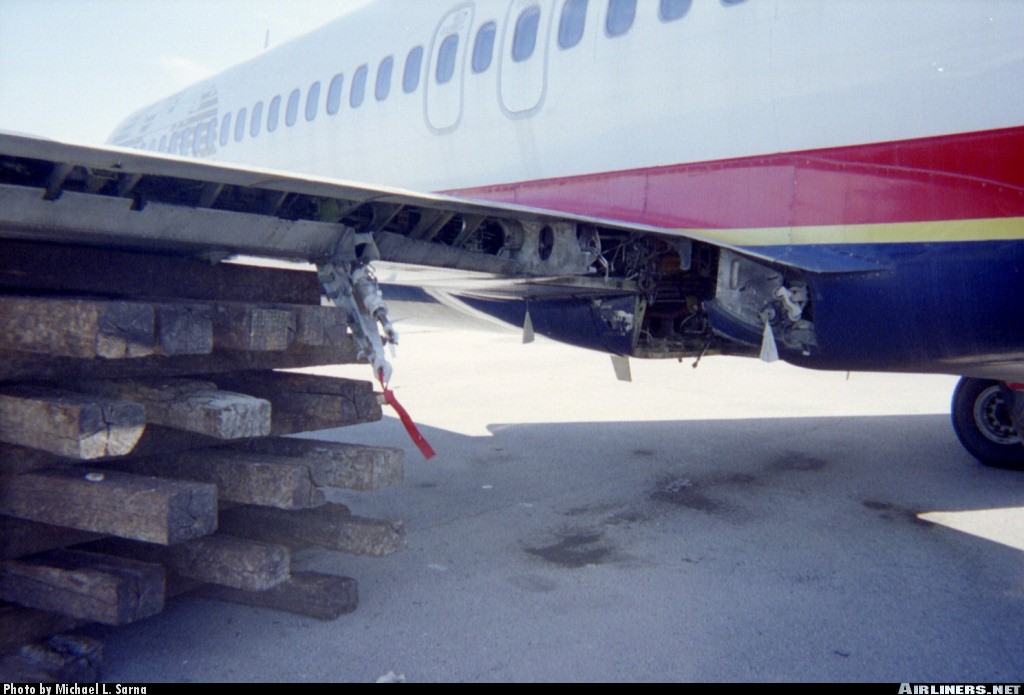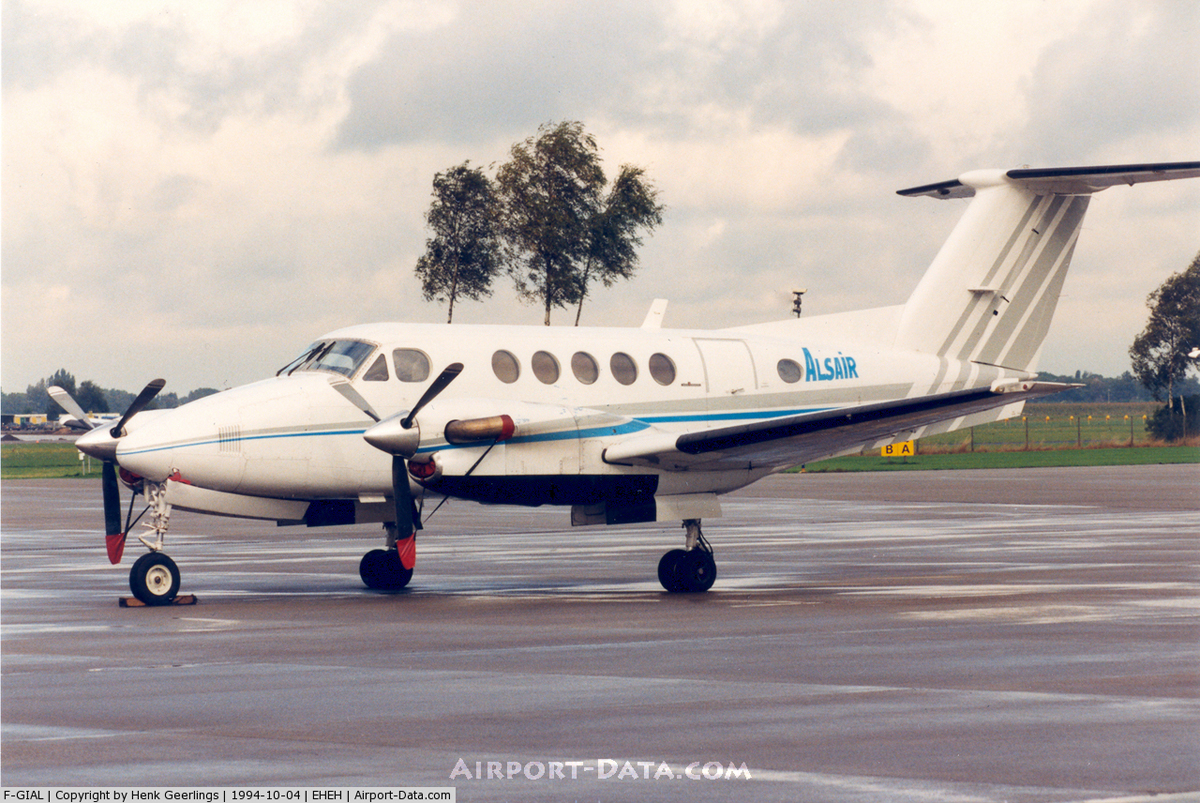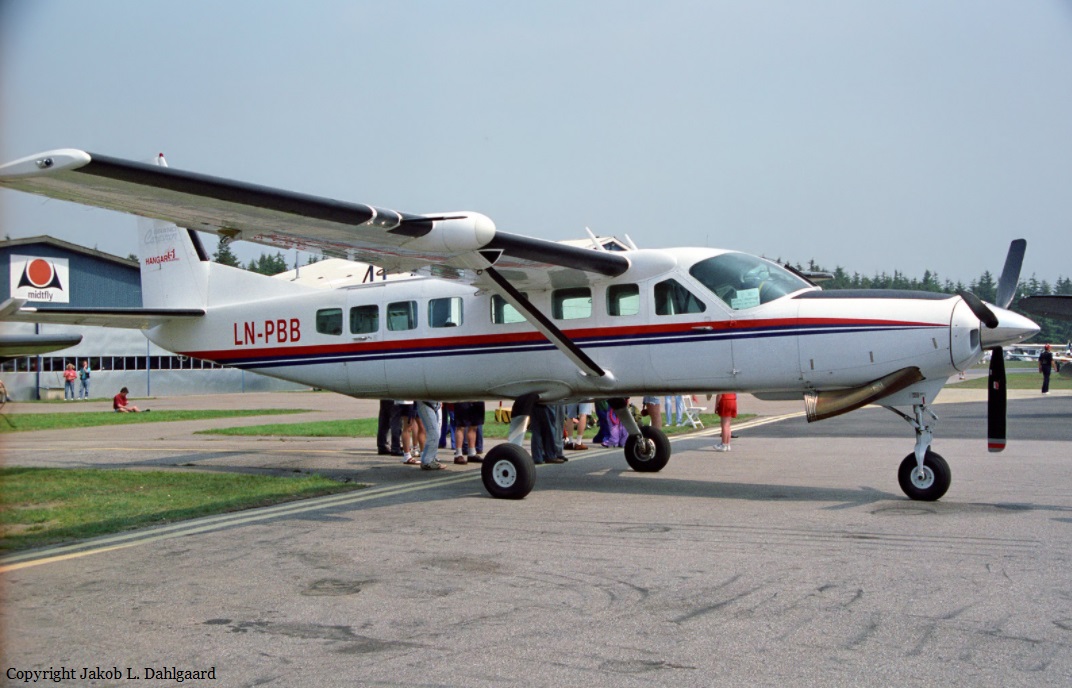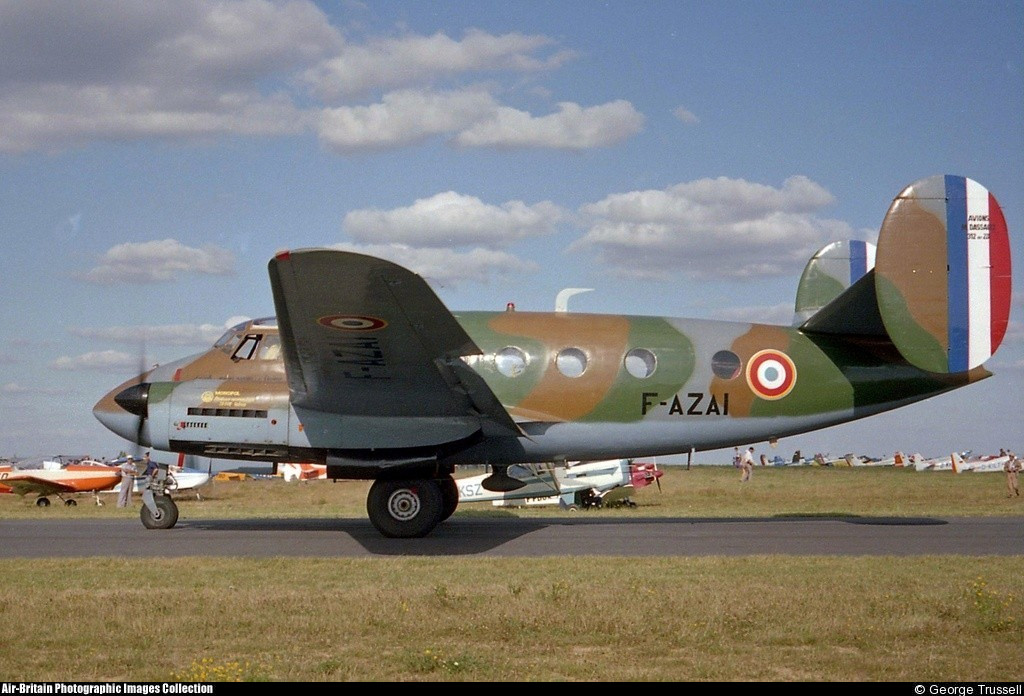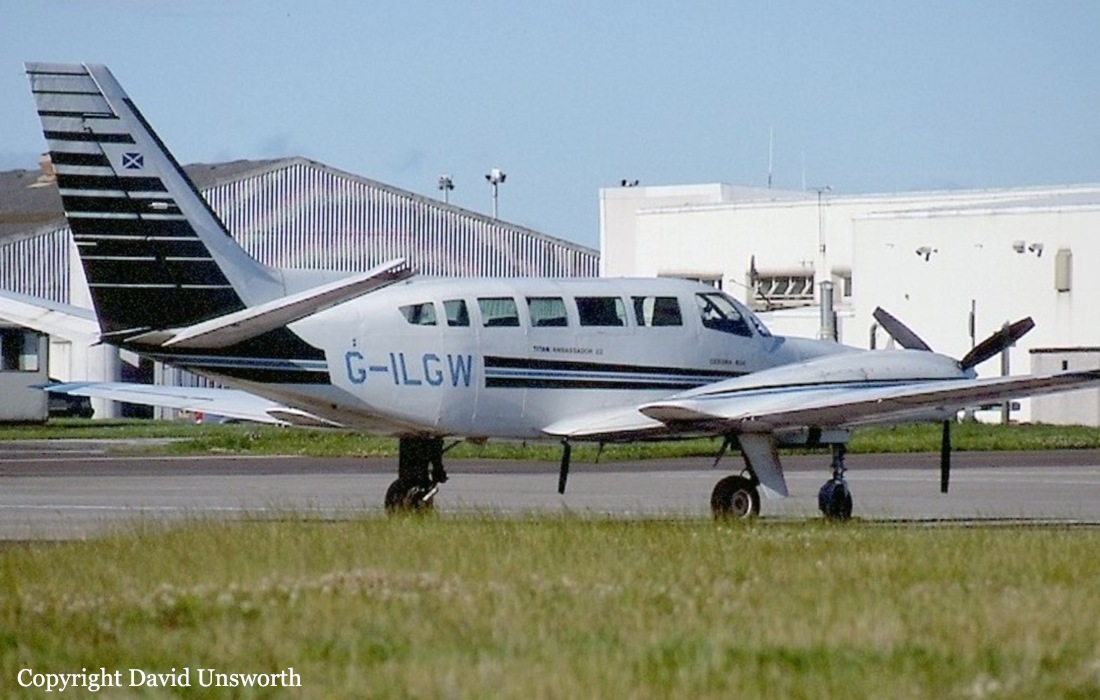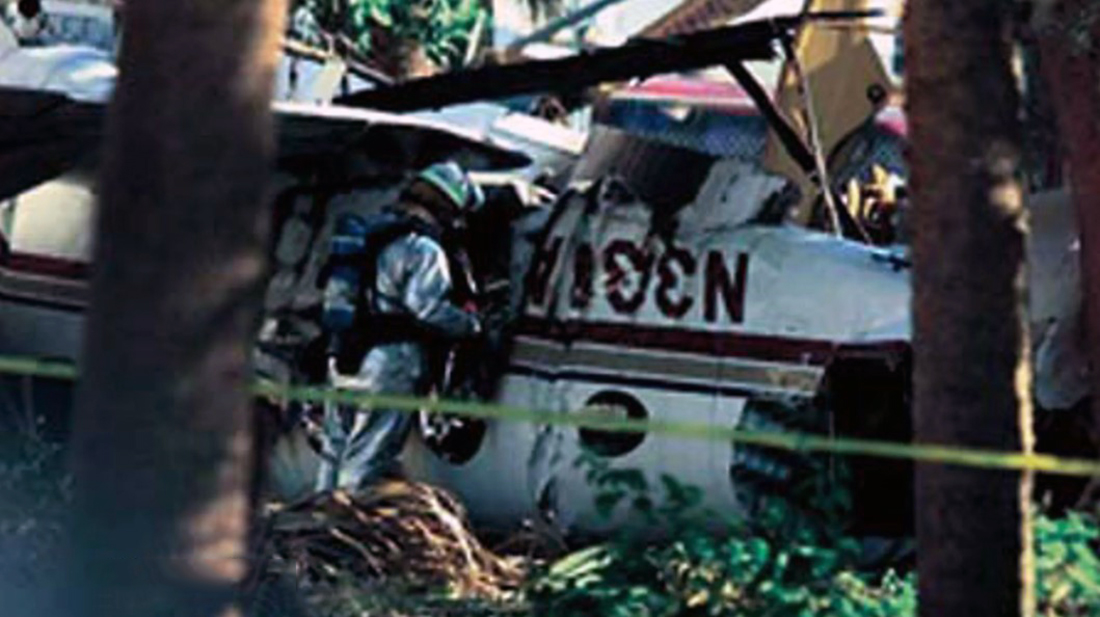Crash of an Embraer EMB-110 Bandeirante in Monte Dourado: 2 killed
Date & Time:
Sep 14, 1999 at 2130 LT
Registration:
PT-ODK
Survivors:
No
Schedule:
Belém - Monte Dourado
MSN:
110-002
YOM:
1969
Crew on board:
2
Crew fatalities:
Pax on board:
0
Pax fatalities:
Other fatalities:
Total fatalities:
2
Captain / Total hours on type:
1200.00
Copilot / Total hours on type:
1200
Circumstances:
The twin engine aircraft departed Belém-Val de Cans Airport on a cargo flight to Monte Dourado with two pilots on board and a load of 1,636 kilos of limestone grit divided into 36 bags of 45.45 kilos each. After a flight of 1 hour and 18 minutes, the crew was cleared to descend by night to Monte Dourado Airport. On final approach, the crew was able to send a brief message saying the aircraft was crashing. The aircraft was destroyed on impact and both pilots were killed.
Probable cause:
The following findings were identified:
- The total weight of the aircraft upon departure from Belém Airport was 650 kilos above MTOW,
- The cargo was not stowed in the cabin but simply stored on the floor,
- The left engine was not providing power at impact and the aircraft entered a left turn and then an uncontrolled descent until impact with the ground,
- Failure of the left engine due to the presence of an aluminum part obstructing the fuel pipe. Metallographic analyzes confirmed that this aluminum part likely came from a thread of the fuel pump,
- Complacency of the crew who failed to follow the published procedures of the operator.
- The total weight of the aircraft upon departure from Belém Airport was 650 kilos above MTOW,
- The cargo was not stowed in the cabin but simply stored on the floor,
- The left engine was not providing power at impact and the aircraft entered a left turn and then an uncontrolled descent until impact with the ground,
- Failure of the left engine due to the presence of an aluminum part obstructing the fuel pipe. Metallographic analyzes confirmed that this aluminum part likely came from a thread of the fuel pump,
- Complacency of the crew who failed to follow the published procedures of the operator.
Final Report:



